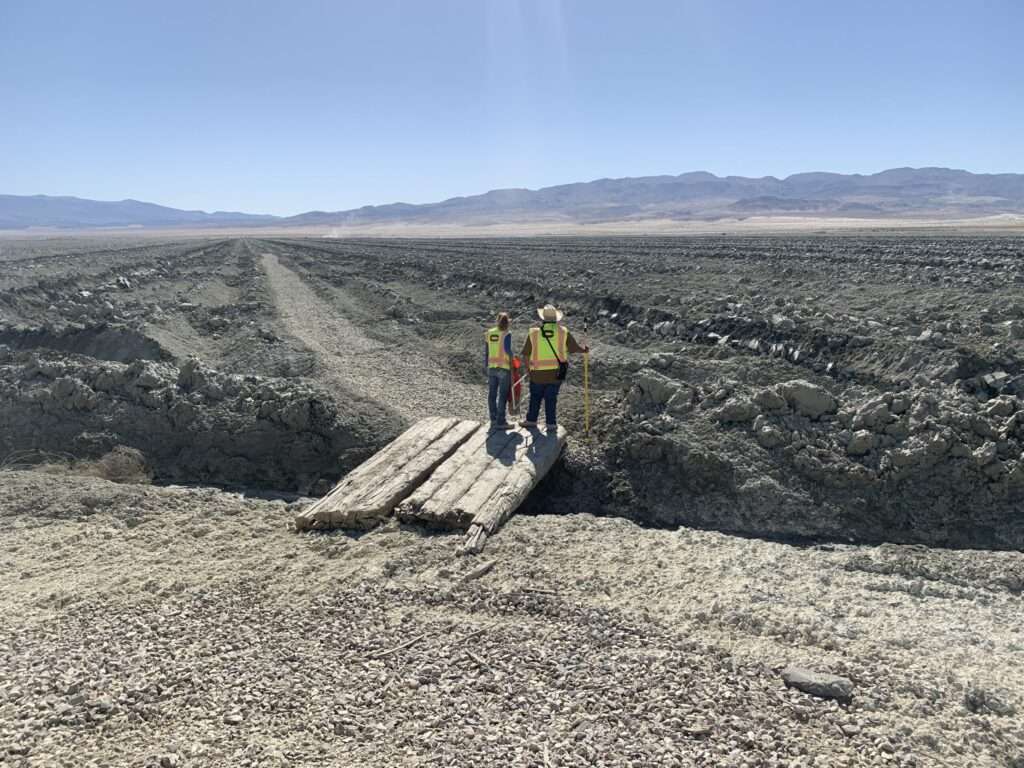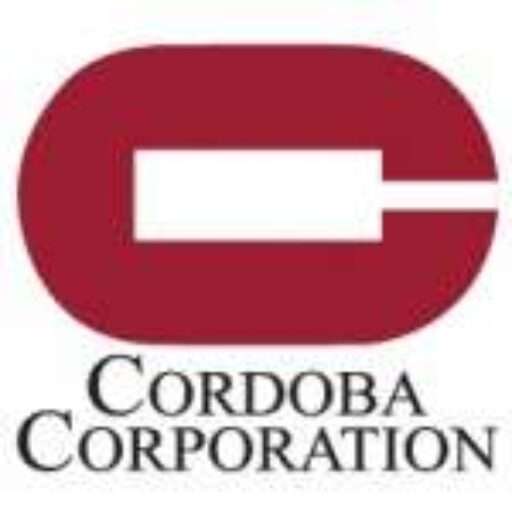Project Name | Owens Lake Dust Mitigation Program, LADWP, Bishop, CA |
Client | Los Angeles Department of Water and Power |
Sector | Water |
Overview | |
The Owens Lake Dust Mitigation Program is the largest dust mitigation project in the United States. It addresses the environmental needs to control dust emissions, implement efficient water-use, minimize impacts to the natural habitat, and protect cultural resources and public uses. The program required the delivery of a wide range of technical services on key projects with construction value over $1.2 billion. Under a historic compromise with the Great Basin Unified Air Pollution Control District, the City of Los Angeles agreed to control emissions on the dry lakebed of Owens Lake to meet air quality health standards successfully reducing dust emissions by 99.4%. The program utilizes EPA-approved dust control methods or Best Available Control Methods including shallow flooding, managed vegetation, gravel, tillage with shallow-flooding backup, and brine with shallow-flooding backup, to contain and prevent dust emissions. | |
Cordoba’s Role | |
Cordoba has supported the Owens Lake program since 1998, which involved the delivery of engineering support services to the Los Angeles Department of Water and Power (LADWP) in support of air quality issues, dust control measures, water conveyance and water conservation projects. Cordoba was directly involved in the construction management and monitoring of the program and is still working on the Lake today. Cordoba services have ranged from ground control and boundary surveying, south sand sheet dust mitigation planning and design, air monitoring, environmental permitting, data collection and site management, cost estimating, CEQA/NEPA outreach, expert panel review, and construction management including inspections. Projects have included:
| |
Services | |
| |


